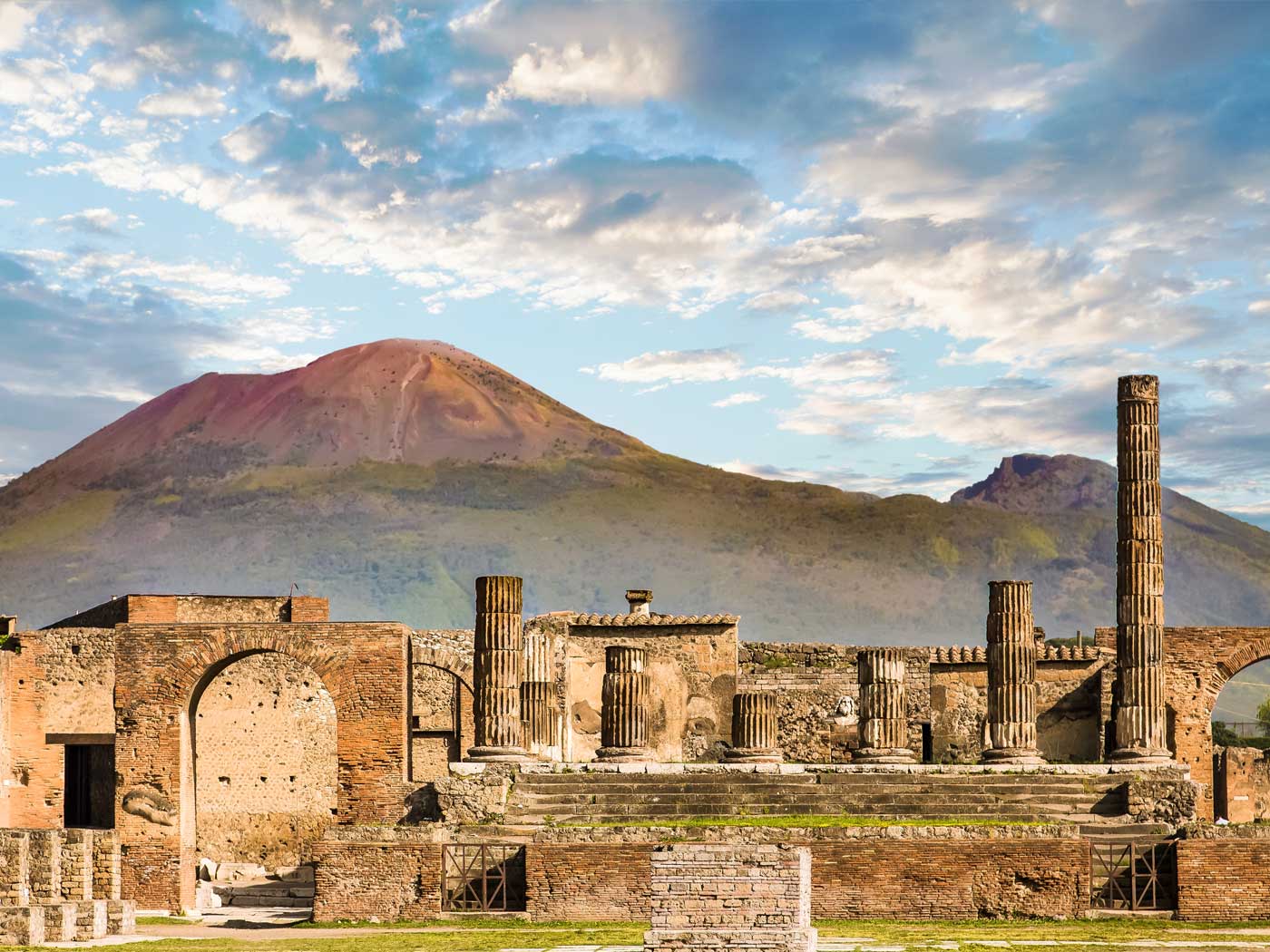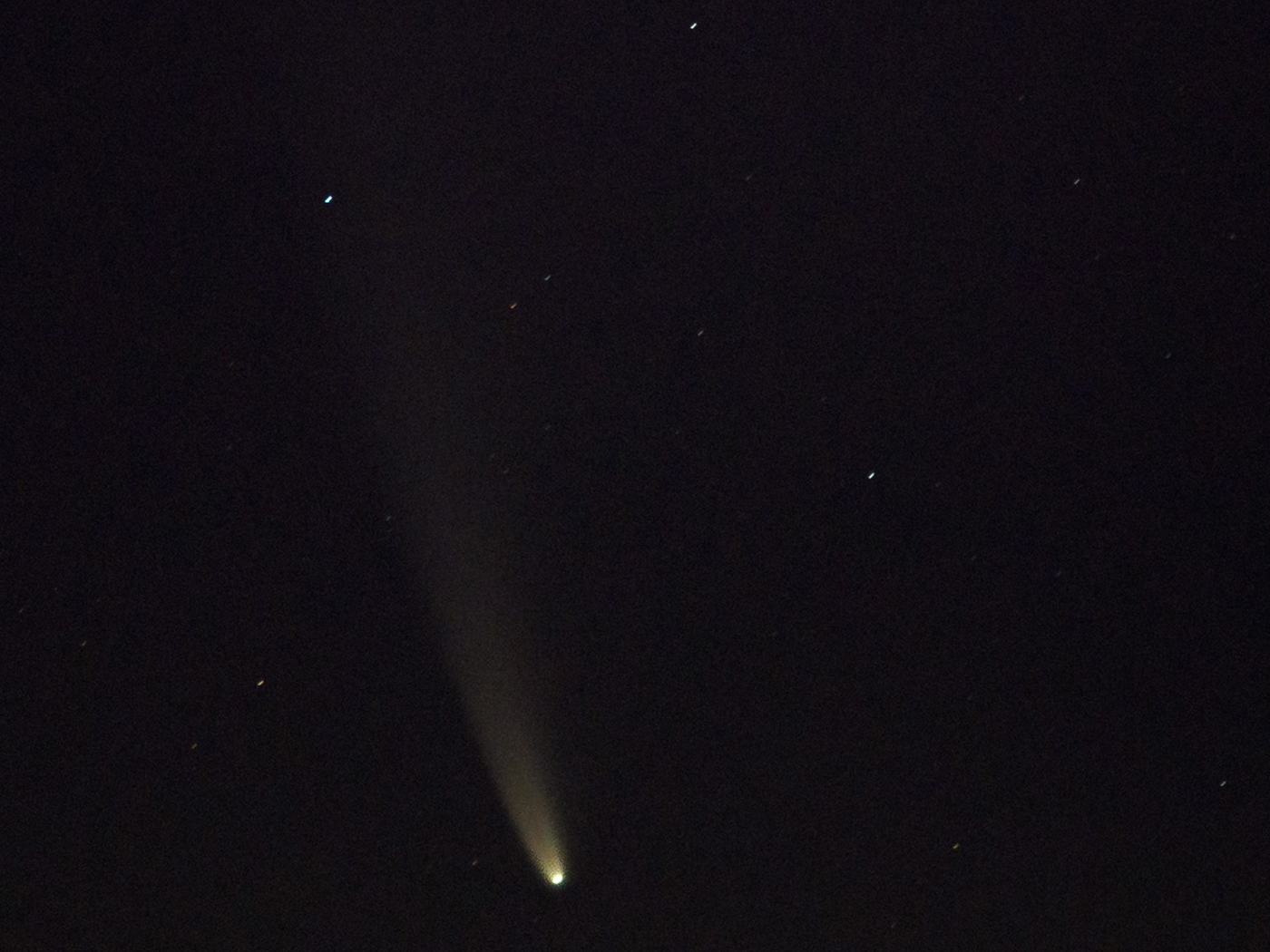On behalf of BBC News, Samantha Patrick reported on her tagged and satellite-tracked albatrosses. These are the same species that ICR previously reported as harnessing the wild winds that flow above the ocean waves near Antarctica.3
These albatrosses help Patrick gather information on fish-poaching pirates who are routinely guilty of harming albatrosses as by-catch casualties.1 (“By-catch” means that one species is accidentally caught while fishing for another species.)
This demonstrates the recklessly greedy and wasteful overfishing in international waters—a perennial problem previously reported by ICR.4,5
The spy-like surveillance program began, Patrick says, as an attempt to track the albatrosses who were vulnerable to fishing by-catch risks in the open ocean.
So many of these birds were dying as a result of getting caught in fishing lines that researchers started studying the overlap between albatrosses and fishing boats. Understanding where the birds came into contact with fisheries, and which birds followed boats the most, helped explain which parts of the population were most at risk of bycatch. It’s possible to map the distribution of boats using data transmitted from onboard monitoring systems, but these records are often only available around land and rarely in real time. … To try another approach, my colleagues and I developed data loggers that could be attached to an albatross. The logger detects the radar of boats, collecting information on where boats are in real time. The loggers took years to perfect and I can still remember the excitement of getting the first one back that had successfully detected a boat’s radar.1
The high-tech surveillance provided by albatrosses enables treaty enforcers to locate those fishing boats who furtively poach in international waters, and who often recklessly endangering seabirds as by-catch casualties.
The wandering albatross can fly 10,000 km in a month, making these tireless birds ideal agents to catch the very same fish pirates that are killing albatrosses. … They can fly 8.5 million kilometres (5.2 million miles) during their lifetimes – the equivalent of flying to the Moon and back more than 10 times. Their 3.5m wingspan is the same length as a small car and they can weigh as much as 24 puffins. Their body shape means they can effortlessly glide over the ocean waves, flying in some of the strongest winds on Earth. Now researchers have found that these seabirds may have promising careers in the fight against overfishing.1
New technological approaches to improving remote surveillance of the oceans are necessary if we are to implement effective conservation. Of particular concern is locating nondeclared and illegal fisheries that dramatically impact oceanic ecosystems. Here, we demonstrate that animal-borne, satellite-relayed data loggers both detected and localized fishing vessels over large oceanic sectors. Attraction of albatrosses to fishing vessels [resulted in] … high proportions of nondeclared fishing vessels operating in international waters, as well as in some remote national seas. Our results demonstrate the potential of using animals as Ocean Sentinels for operational conservation.2
New technological approaches to improving remote surveillance of the oceans are necessary if we are to implement effective conservation. Of particular concern is locating nondeclared and illegal fisheries that dramatically impact oceanic ecosystems. Here, we demonstrate that animal-borne, satellite-relayed data loggers both detected and localized fishing vessels over large oceanic sectors. Attraction of albatrosses to fishing vessels [resulted in] … high proportions of nondeclared fishing vessels operating in international waters, as well as in some remote national seas. Our results demonstrate the potential of using animals as Ocean Sentinels for operational conservation.2
So, how are albatrosses able to help survey illegal activity? In fact, it wasn’t originally planned.
The discovery came about by accident when researchers at the Centre d'études biologiques de Chizé in France were investigating bycatch in fishing lines and nets— when fishers unintentionally snare animals they weren’t trying to catch, like albatrosses. … In the past few decades, countries implemented cross-border policies to directly address the causes of bycatch, particularly for albatroses and petrels, which have been severely affected. With onboard human observers or electronic devices tracking activity, albatross bycatch rates have fallen dramatically on monitored vessels. But what about illegal fishing boats? Military vessels and aircraft patrol the Southern Ocean looking for criminal fishers, but there are no observers or monitoring to ensure these boats are using methods to protect albatrosses, and without these, we know that bycatch rates are very high.1
Eventually, researchers conceived the idea of harnessing albatrosses with high-tech sensors to track the albatrosses themselves. However, when the albatrosses gave information on undocumented fishing boats, making it much easier to locate and catch poachers, the playing field of the sea-poaching industry was suddenly tilted in favor of law enforcement.
Boats that are legally fishing are generally registered and licensed, and so must adhere to laws regarding where and when they fish, and what and how much they can catch. Monitoring fishery activity around land masses is one thing, but beyond these limits, the open ocean is deemed international waters and doesn’t come under the jurisdiction of a single nation. Patrolling this enormous area by ship or air is rarely effective. But what if there were 100 officers that could cover 10,000km each in a 30-day stretch? Meet the albatross ocean sentinels who patrol the seas for illegal fishers. Wandering albatrosses breed on remote islands around Antarctica. These are usually only accessible by boat, and researchers must brave the “furious 50s” of the Southern Ocean—powerful winds found between the latitudes of 50 and 60 degrees—to get there, across some of the roughest seas in the world.1
It wasn’t long before it was discovered that some of the boats were fishing illegally without disclosing their identities—a practice known in fishery poaching contexts as “furtive behavior,” usually indicative of dishonest activity (see Proverbs 28:1).
But when we combined the data collected by the loggers with a global map, we could see the location of all boats with an active Automatic Identification System (AIS). This radar allows vessels to detect each other, preventing collisions. Our study found that over 20% of boats within French waters didn’t have their AIS on, rising to 35% in international waters. Since the AIS is intended to keep vessels safe, it’s likely that these vessels operating without it in international waters were doing so to avoid detection, and so could be fishing illegally.1
So now the albatrosses can report the radar of undocumented fishing boats. That information is relayed to law enforcement who then know where to find the poachers.
As a result, the albatross data had unintentionally revealed the potential extent and scale of illegal fishing in the Southern Ocean. It’s difficult to imagine a human patrol boat being able to cover enough area to efficiently track illegal fisheries. But each wandering albatross could potentially cover the same area of ocean as a boat, and when its logger detects a fishing boat with its AIS turned off, it can relay that information to the authorities, who can alert nearby vessels to investigate. … This [can] help conserve fish stocks, protect albatrosses and other seabirds, and manage the marine ecosystem as a whole. As ocean sentinels, it turns out that albatrosses have a unique ability to collect the data needed for their own conservation.1
So the wandering albatross, fitted with satellite-relayed data loggers, unintentionally protect their own kind from being caught.
It’s an accidental crime-fighting partnership—by both albatross and scientist—but certainly welcome.
References
1. Patrick, S. The Albatrosses who Catch Pirates on the High Seas. BBC News. Posted on July 8, 2020, accessed July 14, 2020.
2. Weimerskirch, H., J. Collet, A. Corbeau, et al. 2020. Ocean Sentinel Albatrosses Locate Illegal Vessels and Provide the First Estimate of the Extent of Nondeclared Fishing. Proceedings of the National Academy of Sciences. 117 (6): 3006-3014.
3. Johnson, J. J. S. Wandering Albatross; Wide Wings on the Winds. Creation Science Update. Posted on ICR.org July 2, 2020, accessed July 14, 2020.
4. The North Atlantic Ocean has been lamentably depleted of its codfish, due to overfishing promoted by the evolution-friendly “science” teaching of Thomas Huxley, Charles Darwin’s ally. See Thomas, B. 2009. Huxley Error Led to Cod Calamity. Acts & Facts. 38(8): 17.
5. The North Pacific Ocean’s populations of Alaska Pollock have been shrinking dramatically, due to fraudulent under-reporting of pollock catch statistics—not due to “global warming.” See Johnson, J. J. S. 2018. Something Fishy about Global Warming Claims. Acts & Facts. 47(3): 21.
*Dr. Johnson is Associate Professor of Apologetics and Chief Academic Officer at the Institute for Creation Research.








































